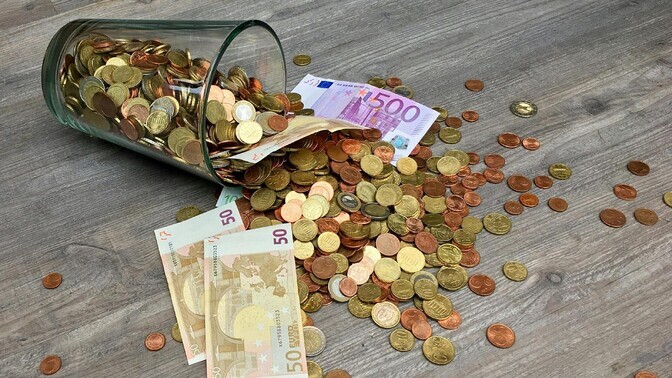According to the Estonian Institute of Economic Research, Estonia’s economic situation has improved somewhat, however, the gap between the confidence of the country’s richest and poorest consumers has never been wider.
“The Estonian economy is recovering slowly, but it is still in bad shape,” said Peeter Raudsepp, director of the Estonian Institute of Economic Research.
Consumer confidence in Estonia has been on the decline for a umber of years, so people are looking for cheaper options wherever they are available. According to the institute, Estonians’ confidence is significantly lower than that of consumers elsewhere in the European Union and neighboring countries.
As a result, more and more customers have begun to prefer shops such as Realiseerimiskeskus, which sells a range of products including surplus and end-of-line items, and therefore has options that are sometimes considerably cheaper than in other stores.
“You can see quite clearly that people are being much more deliberate in their purchases. They are thinking very far ahead and thinking a lot about cheaper goods. People perhaps want to buy perhaps larger packs and are not only looking at the fact that they can get a product at a cheaper price, but when it comes to households, for example, in the case of washing powders, the sale of larger packs has clearly increased,” said Tõnu Eermann, head of Realiseerimiskeskus.
The latest survey by the Estonian Institute of Economic Research shows that only those earning more than €2,500 a month currently feel confident about their financial situation. Employees earning less than that believe it is difficult to save or afford anything after paying for compulsory expenses such as bills and food.
“The gap between the highest and the three lowest income groups has become strikingly large. People simply don’t have the money to buy things, and as far as the lower-income consumer groups are concerned, it is clear that this highly -axed food is a compulsory expense. You can save as much as you want, but there is no money left for anything,” Raudsepp said.
The survey also showed that there has been an increase in the number of people who have to dip into savings or take out loans to get by. A year ago, 15 percent of respondents to the same survey said that was the case for their family. This year it is already at 20 percent, and the forecast shows that by the end of the year, a quarter of Estonian families will be in that position.
Bank of Estonia (Eesti Pank) is less pessimistic, estimating that borrowing has risen at the same pace as income.
“Today, the stock of consumer loans is about 7 percent higher than a year ago. This 7 percent is the kind of pretty normal increase that we have seen on average over the last 20 years or so,” said Taavi Raudsaar, an economist at Bank of Estonia.
“This year, the purchasing power and disposable income of an average wage earner may be going down by a bit more. Now, though, for those households that also have some type of a loan, it helps a little bit that the Euribor is a slightly lower than last year. From next year, the average disposable wage could really grow faster than the rise in prices, which means that purchasing power and the ability to both consume and save will improve,” Raudsaar added.
“Entrepreneurs have actually taken into account that taxes will go into their business – that is understandable. What we want is a stable economic environment, nothing else. And that does not mean the kind that varies every 6 months,” Eermann added.
—
Follow ERR News on Facebook, Bluesky and X and never miss an update!
